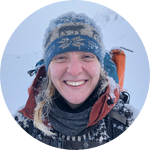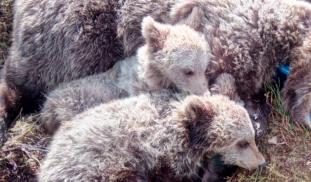Please wait...
About This Project
Toxicants of human origin are a growing concern to conservation. Lead (Pb) is a toxicant that accumulates in the body over time. It has no biological function and can cause many negative health effects over time. The World Health Organization (WHO) states that there are no safe levels of lead in the body.
The brown bear is exposed to lead through scavenging. We will investigate the impact of lead on the health of wild brown bears and identify predictable blood changes (biomarkers) of toxicity.
More Lab Notes From This Project

Browse Other Projects on Experiment
Related Projects
How do polar bears stay healthy on the world's worst diet?
Polar bears survive almost entirely on seal fat. Yet unlike humans who eat high-fat diets, polar bears never...
Uncovering hidden insect diversity associated with a likely undescribed gall-forming midge
Does a likely undescribed species of gall-forming midge (pers. comm. Ray Gagné) on Eriodictyon plants (Yerba...
Macrofungi of the California archipelago
The eight islands of the California Archipelago are a well-studied biodiversity hotspot — but we know almost...




